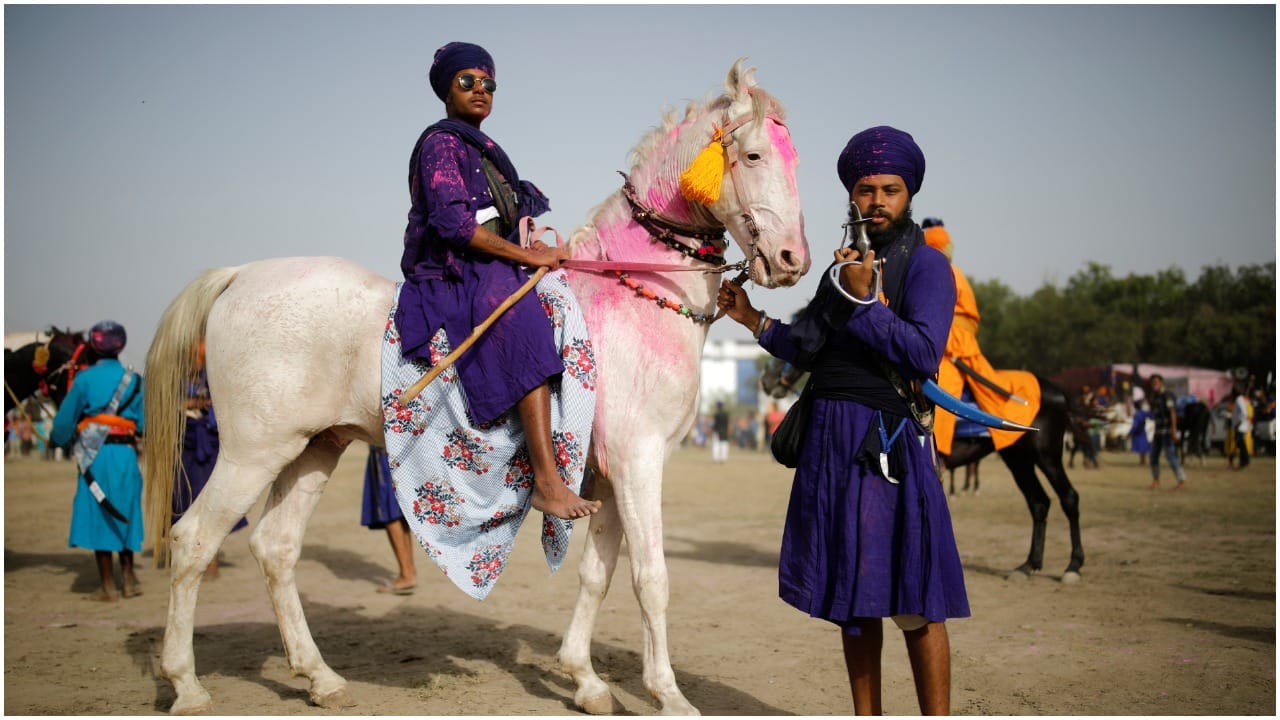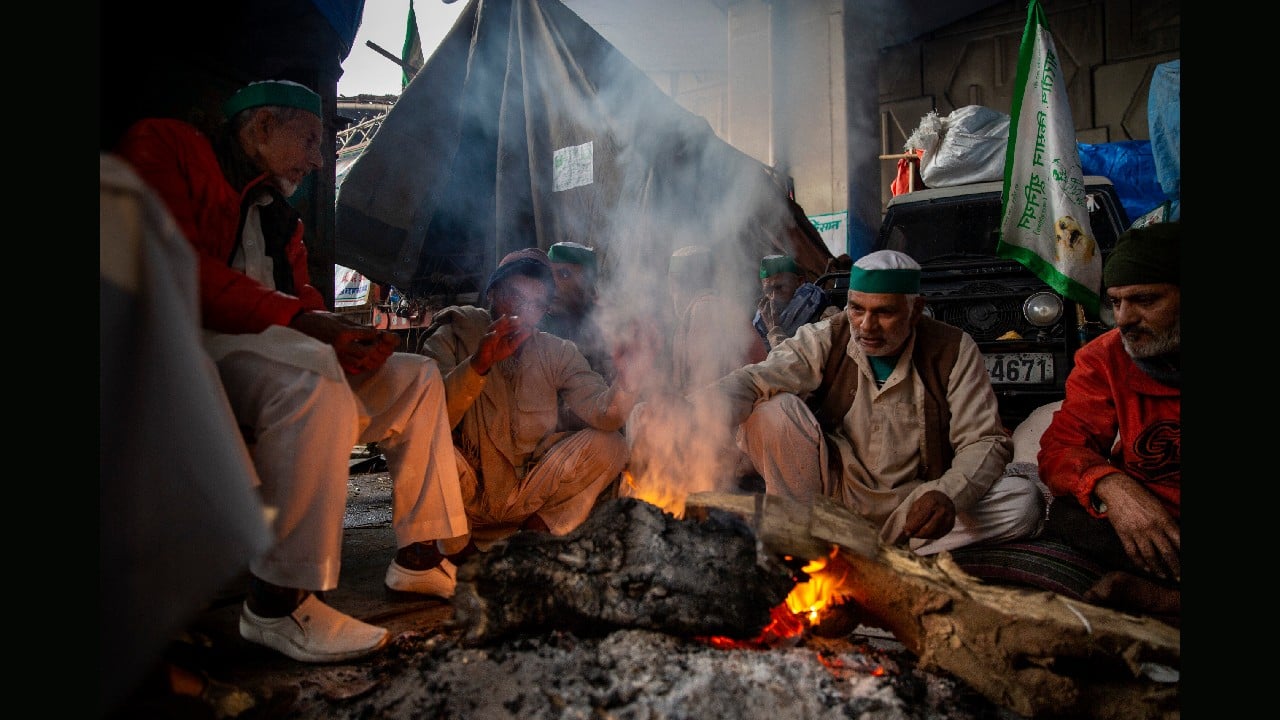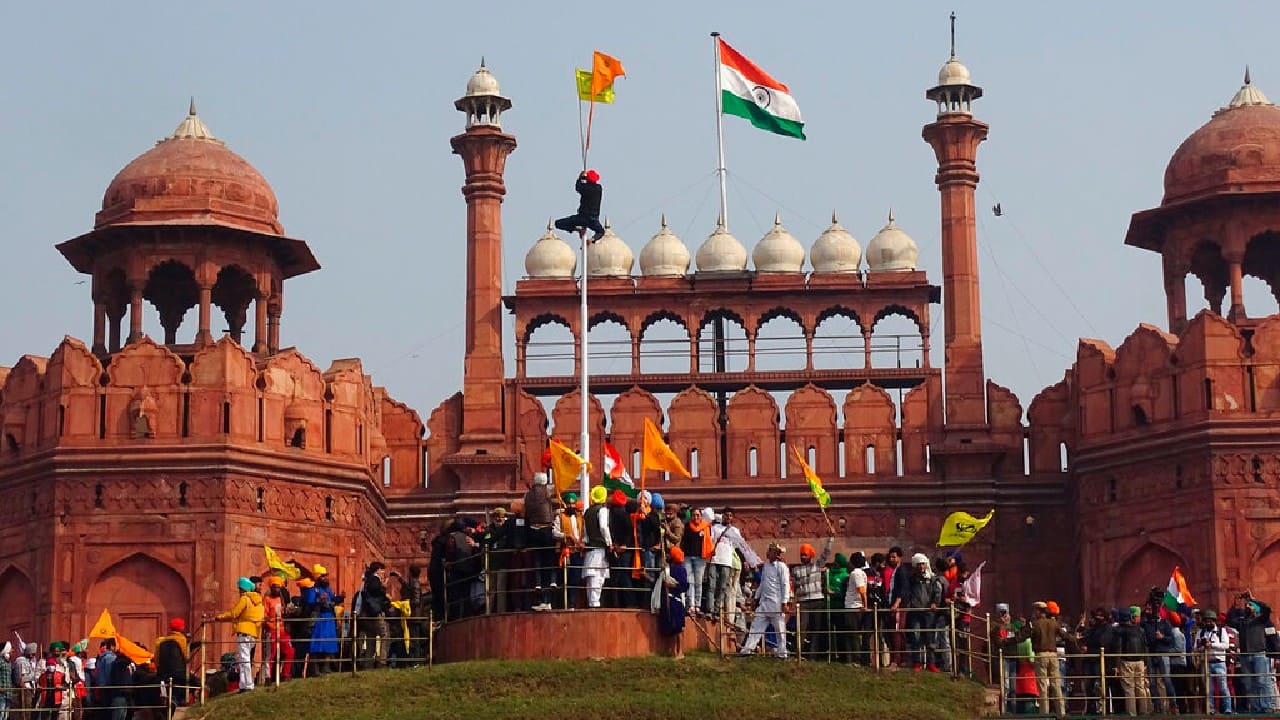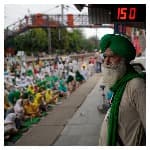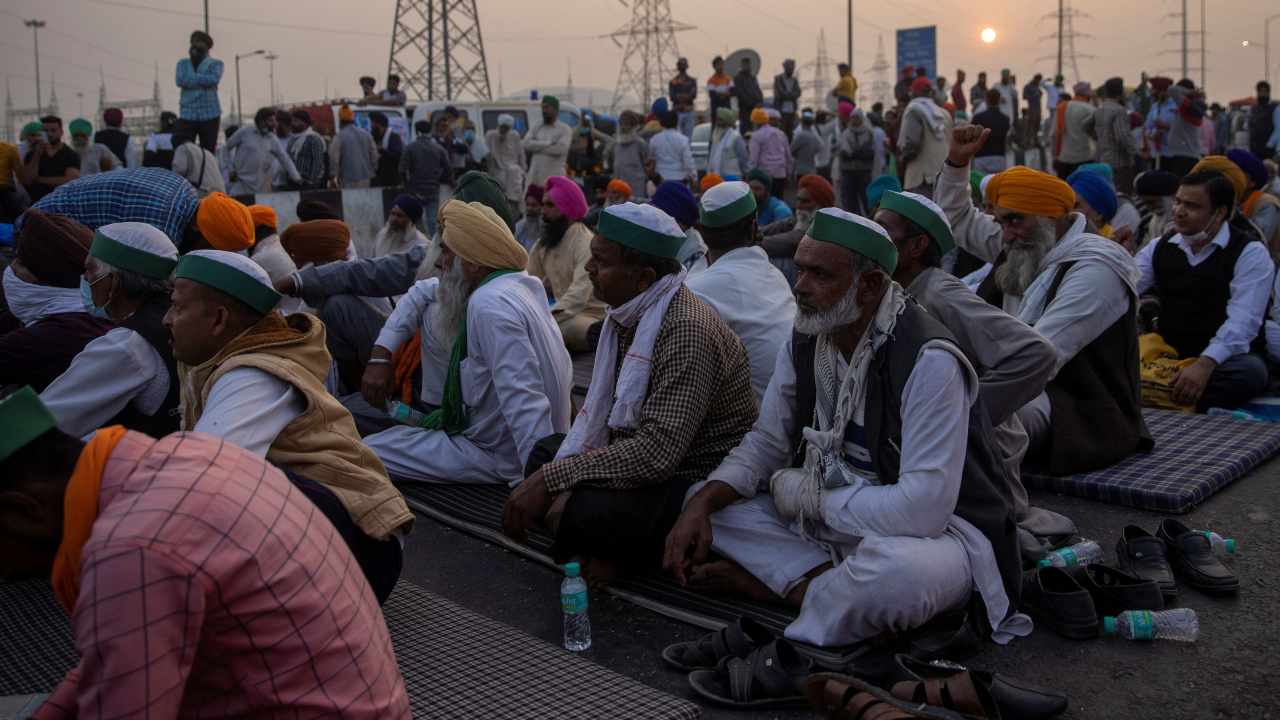What is the PMEGP Scheme?
Launched in 2008, the Prime Minister’s Employment Generation Programme is a Government of India (GOI) initiative to provide monetary assistance to micro, small & medium enterprises (MSME) and generate employment. It is an amalgamation of two earlier running schemes of the GOI, namely the Prime Minister’s Rojgar Yojana (PMRY) and the Rural Employment Generation Programme (REGP). Both these schemes had goals similar to that of the PMEGP scheme.
As per the scheme, the business owner needs to bear 5% to 10% of the total cost while the GOI provides a subsidy of 15% to 35% of the project after taking several factors into account. Moreover, the rest of the amount is provided by the financial institution in the form of a term loan. Khadi and Village Industries Commission (KVIC) is responsible for the management of the PMEGP scheme.
How can you get a loan under the PMEGP scheme?
In order to avail of the benefits of the scheme, the businesses need to fill in the application for the same. In the application, one needs to provide the details of business establishment, details of the project, and other necessary documents. Your application must fall under the jurisdiction of any of the four objectives of the PMEGP project. These are:
- Creating employability by establishing MSME projects in rural or urban spaces
- To support and promote ethnic craftsmanship or artisans and to create self-employment opportunities for youth.
- Enhance employment opportunities in the rural areas to prevent migration to cities and minimise seasonal unemployment
- Increase the per capita income of the individuals in both urban and rural areas
Documents Required to apply for a PMEGP Loan
Here is the list of documents that you will be asked to submit along with the application form.
- Aadhar card
- PAN card
- Project report
- Caste/Special category (if needed)
- Rural Area certificate
- Letter from the authority
- Educational certificate and others
Eligibility criteria for getting a loan under the PMEGP Scheme
For your application to undergo the PMEGP loan process, you must fulfil the eligibility conditions of the funding. These are:
- You must be an adult i.e. you should be of 18 years at least.
- The minimum educational qualification for the applying PMEGP loan is class 8th pass i.e. must have completed the primary education to get a loan of Rs. 5 lakh or more to set up a service unit and Rs. 10 lakh or more to set up a manufacturing unit.
- Below poverty line beneficiaries who haven’t got the benefit of any other scheme
- Self-Help Groups
- Charitable Trusts & Production Co-operative Societies
- Loan under the PMEGP scheme will be provided for new ventures only
PMEGP Loan Details
In this section, we will discuss details of the loan process like allocation of funds, interest rate, tenure, and so on.
- Loan Allocation: Once the loan is approved, the financial institution will fund up to 95% of the project. The remaining amount must be paid by the candidates. Out of 95% of the funding of the financial institutions, KVIC will provide up to 15% to 35% of the amount as a subsidy.
- Rate of Interest: The interest rates on the term loan will be applicable as per the rates of interest of the MSME sector.
- Loan Tenure: The repayment tenure of the PMEGP loan can go up to 3 years.
- Businesses under the PMEGP Scheme:
- Agriculture & Food Processing
- Forest-Based Products
- Hand Made Paper and Fibre
- Mineral Products
- Polymer and Chemical Products
- Rural Engineering and Bio-Tech
- Service and Textile
You can also check further in-depth details regarding the PMEGP loan on the KVIC website.
Why choose FlexiLoans for the PMEGP scheme?
FlexiLoan is a fintech company that provides a line of credit to businesses so that they can sustain, grow and expand their horizons. We use an alternate method of credit assessment to provide loans even to borrowers with marginally weak credit history. FlexiLoans cater to all your business needs irrespective of the size or location of the business. You can reach out to us for any kind of financial assistance. We use artificial intelligence for faster processing of the loans and transfer the amount instantaneously after the document verification.
Benefits of availing of the PMEGP loans from FlexiLoans
- Minimum documentation: Enables faster and hassle-free processing of the loan amount
- Need-based funds: Easily available along with a range of flexible options utilize the loan amount
- Easy repayment terms: We use cutting-edge technologies to inculcate automated repayments to ease out your burden.
- Unlimited number of withdrawals: Use funds as you want, and don’t worry about the amount or number of withdrawals.
- Low rate of interests: Competitive business loan rate of interest compared to any other lender or financial institutions providing a line of credit to the businesses
- Tax benefits: Since the interest amount is deducted from the gross income, enterprises can also claim tax deductions
Eligibility Criteria of FlexiLoans
There are 3 basic criteria that one needs to fulfill to avail of the business loans online from FlexiLoans. These are:
- Age Criteria: Minimum 21 years of age
- Business Life: Your business must be a year old
- Monthly Turnover: The business should have a monthly turnover of 2 lakhs
Conclusion
In your vision of business expansion, the PMEGP scheme list can act as a big boost, especially if you are starting a new business. The subsidy from the government can drastically reduce the burden of paying EMIs. The PMEGP loans also eliminate the need for collateral that comes in handy for new businesses. You can reach out to us to be a financial partner in the scheme at any time. We are just a click away from your reach!
Frequently asked questions on PMEGP scheme
Q. What is maximum project cost allowed under PMEGP?
A. Rs.25.00 lakhs for manufacturing unit and Rs.10.00 lakhs for Service Unit |
Q. Whether cost of land includes in the project cost?
Q. How much Margin Money (Govt. Subsidy) admissible?
Categories of beneficiaries under PMEGP
| Rate of (Margin Money) Subsidy
(of project cost) | Area (location of project/unit) | Urban | Rural | General Category | 15% | 25% | Special (including SC / ST / OBC /Minorities/Women, Ex-servicemen, Physically handicapped, NER, Hill and Border areas etc. | 25% | 35% |
|
Q. What is the component of project cost?
A. Capital Expenditure Loan, one cycle of working capital and 10% of project cost as own contribution in case of General category and 5% of project cost in case of weaker section. |
Q. Who are the beneficiaries?
A. Individual Entrepreneurs, Institutions, Co-operative Societies, Self Help Groups, Trusts
Q. Which are the financial agencies?
A. 27 Public Sector Banks ,Regional Rural Banks(RRB), Co-operative Banks and Private Scheduled Commercial Banks approved by respective State Task Force Committee.
Q. How the capital expenditure loan / Cash Credit Limit be utilized ?
A. Working Capital at least once should touch 100% limit of Cash Credit within three years of Lock-in period of M.M. and not less than 75% of the utilization of the sanction limit on an average.
Q. Where the beneficiary has to submit his/her application/ Project?
A- Beneficiary can submit his/her application/Project online on kvic website www.kvic.org.in / kviconline.gov.in/pmegpeportal. List of office addresses of KVIC/KVIB/DIC are available at our website.
Q. What is Village Industry ?
A. Any Village Industry (except those mentioned in the negative list) located in the Rural Area which produces any goods or renders any service with or without the use of power and in which the fixed capital investment for head of a full time artisans or worker does not exceed Rs.1.00 lakh in plain area and Rs.1.50 lakhs in hilly areas and for A & N Island and Laxdeep Rs.4.5 Lakhs.
Q. What is rural area ?
A. Any area classified as Village as per the revenue record of the State, irrespective of the population. It also includes an area even if classified as town provided its population does not exceed 20000
Q. What is Age limit ?
A. Any adult beneficiary above 18 years is eligible for financing under PMEGP.
Q. What are the main criteria of project?
A. It should fulfill the criteria of rural area (for Rural Area project), per capita investment, own contribution, negative list and the unit should be new one
Q. Whether EDP training is compulsory?
A. Before MM Claim through PMEGP eportal ,EDP training of 10 working days for Project cost More than 5.00 lakhs and 6 Working days training for upto Project Cost 5.00 lakhs to the beneficiary is compulsory
Q. Whether collateral security is mandatory?
A. As per RBI guidelines the project costing upto Rs.10.00 lakhs under PMEGP loans are free from collateral security. The CGTSME provided collateral guarantee for the project beyond Rs.5.00 lakhs and upto Rs.25.00 lakhs under PMEGP scheme.
Q. What is the helpline for the beneficiary in preparation of the project ?
A. 30 model projects uploaded on kvic.org.in website
Q. Whether an entrepreneur can submit more then one project ?
Q. What is the definition of family ?
Q. Whether Unit can be set up in urban Area.
Q. Whether existing unit can avail funds under PMEGP ?
Q. Whether model projects are available with KVIC.
A - yes, Industry wise model projects are available at kvic.org.in
Q: where training centers are available to undertake EDP?
A - List of EDP training centers including 582 training center of RSETI/RUDSETIS are available at our websitekvic.org.in
Q. What is lock in period for Govt. Subsidy?
Q:- Can project be financed jointly from two different sources (Bank/Financial Institutions)?
A - No, it is not eligible.
Q:- How much own contribution to be deposited?
Categories of beneficiaries under PMEGP | Beneficiary’s contribution
(of project cost) |
General Category | 10% |
Special (including SC / ST / OBC /Minorities/Women, Ex-servicemen, Physically handicapped, NER, Hill and Border areas etc.
| 05% |










